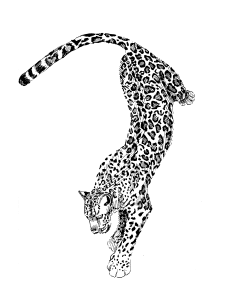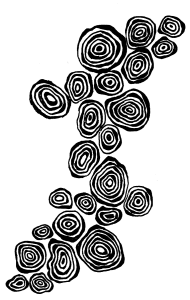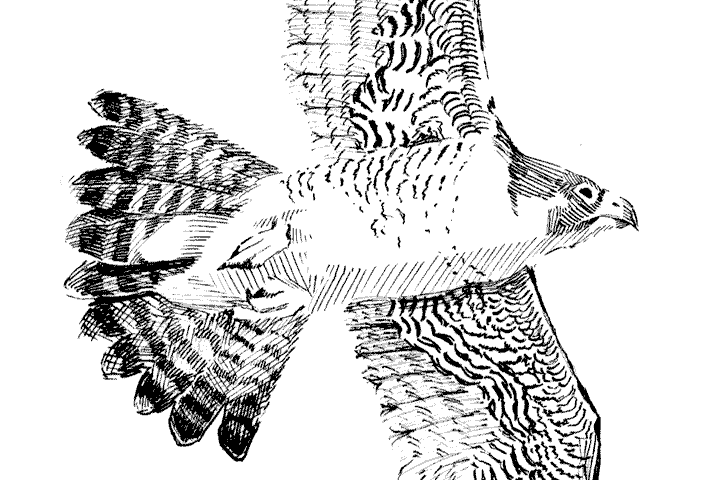A celebration of trans identity, queer sexuality, and the painful pursuit of artistry embodied.
Any Other City by Hazel Jane Plante is different from your typical memoir. In fact, it’s not a memoir at all. In Plante’s latest novel, she weaves together a fictional biography about Tracy St. Cyr, a trans-punk artist whose vivid recollections of her coming-of-age are slowly unveiled to the reader in two parts, each a letter to a former lover during a different transitionary period of her life.

The introduction sets the rules for the book. Hazel Jane Plante even has a cameo as a ghostwriter for Tracy St. Cyr, a metafictional narrative incorporation that begs an apprehensive reader to eagerly flip to the next page. This book is unlike anything I have ever read. It demanded my attention. Throughout the book’s well-paced and gorgeous “Side A”, the depictions of first love and first sexual encounters are languid and ephemeral. It is an interesting way of writing fiction. The plot is unveiled to the reader through vague memories, as trauma and forgetfulness dull the clarity of what is being described to the reader. But once fallen into pace with this unique storytelling method, it imbues the narration with such emotional intensity that I often found myself tearing up at even the most mundane descriptions of Tracy’s daily life. Events that otherwise would go unnoticed in typical narrative fiction suddenly carry as much weight as they do in one’s own mind.
As the story progresses, Plante’s masterful manner of weaving poetry into this fictional universe becomes increasingly impressive. Poetic descriptions dampen yet add intensity to some of the most dramatic events that unfold in Tracy’s life. Given that this novel follows the life of a songwriter, it is fitting for poetry to be the manner so much of the plot is revealed to the reader. This story is rich for its interwoven account of first love and the pursuit of a life in the arts. It ties in esoteric references to contextualize the narrator’s emotions towards feelings of desire, cementing and affirming the book as something that would appeal to both the avant-garde and the nostalgic. It traverses from the most casual memories to those most unique to the trans-punk experience. But despite a non-linear and fragmented plot, the book never feels disjointed. Instead, it feels like one of the most human novels I’ve ever read.

Two questions posed roughly one-third into the novel remained in my subconscious for the remainder of the reading experience. Why am I here? and What do I want to do here? While these questions feel unanswerable to Tracy herself, they rattled around my own skull for days after I finished the book. As an artist trying to forge my identity and decipher where and how I will pursue not a career, but the vision I have for my craft, these two questions feel constantly urgent. As Plante intentionally leaves the primary city Tracy occupies in the novel unnamed, one can easily posit their own city into the space, identifying with Tracy’s aimlessness despite simultaneously feeling increasingly at home when her community begins to draw itself together, sometimes serendipitously.
However, what attracted me beyond the form of this novel was the transgressive nature with which Plante not only writes the novel but also comments on transgressive art and its artifacts. Plante writes on page 113 that “we’re drawn to flawed beauty, not perfection,” which is precisely what is so alluring about the cast of characters Any Other City weaves together. Sometimes characters are violent, sometimes so crass I was cringing and hiding the text when I read the novel in public. Yet, this keeps the book engaging. Plante demands attention as a writer for her bold and unapologetic descriptions of beauty and pain and how both entities can co-exist in a single moment or in a single line of poetry or prose. Yes, this book has some incredible depictions of the 90s transgressive queer punk scene, and yes, it also has some heart-racing and vivid descriptions of erotic encounters. But it also depicts all the pain that can emerge from such settings. All the horror, disgust, and anger that come from navigating queer love, the pursuit of embodying an artistic identity (page 28’s line “I don’t want to be a Sunday painter” inspired an entire collection of poems to flow out of me), and the simple act of coming into one’s self are equally as striking because Plante gives a name to emotions that are so uncomfortable most writers usually avoid describing them altogether.
Given that this is a work of fiction, the way entire universes and memories – and questions associated with the act of reminiscing on said memories – emerges is a testament to the unique and vivacious creativity Plante is bringing to her work. It is almost unfathomable to believe I was not reading an actual memoir but a piece of fiction the entire time.
Any Other City is simply intoxicating for this reason. Plante’s crafted universe and her unique style of writing deserve all your attention. If you haven’t already read her stunning Little Blue Encyclopedia: (for Vivian), I can guarantee Any Other City will have you just as enthralled and eager as I am to see what she produces next.


